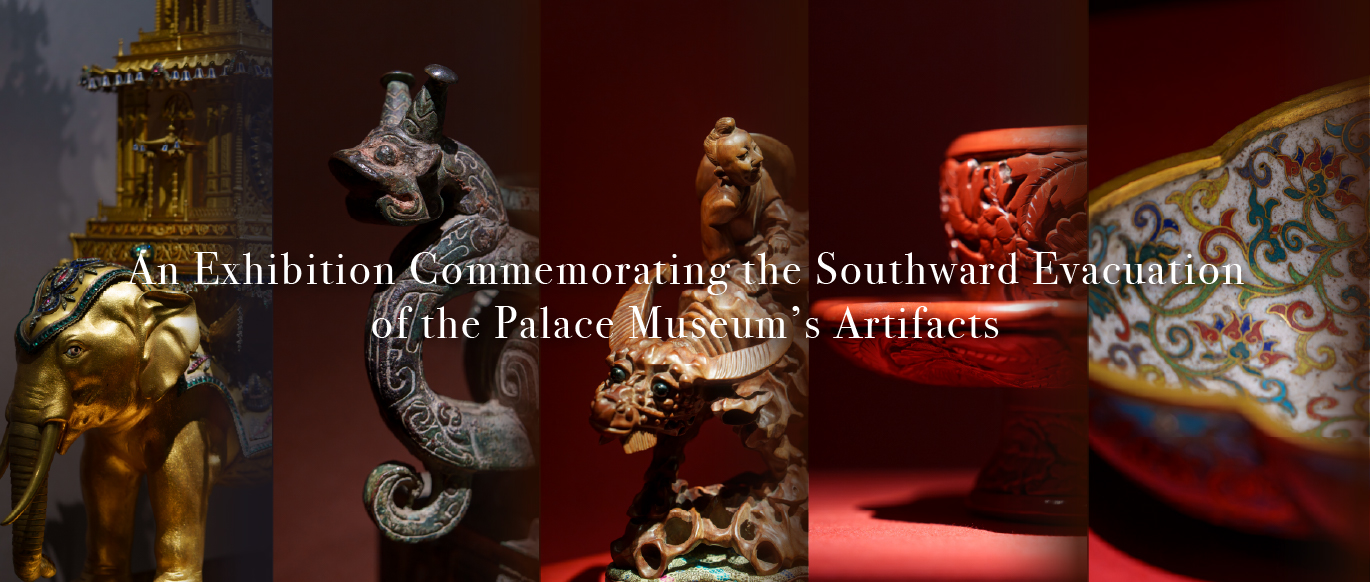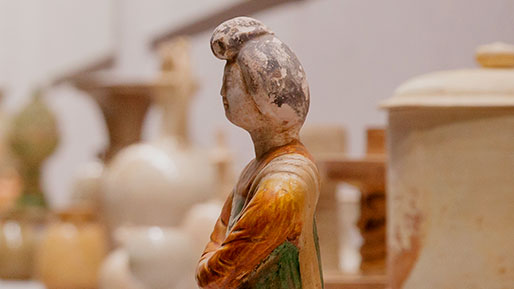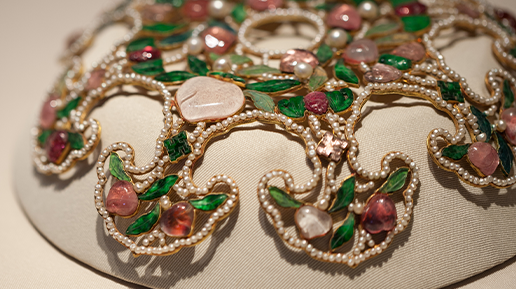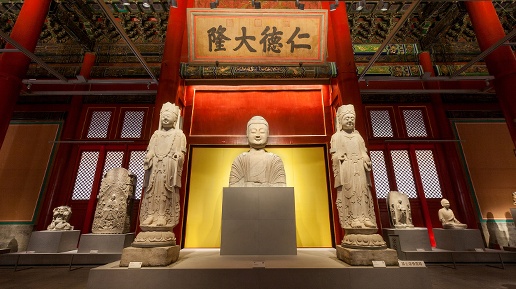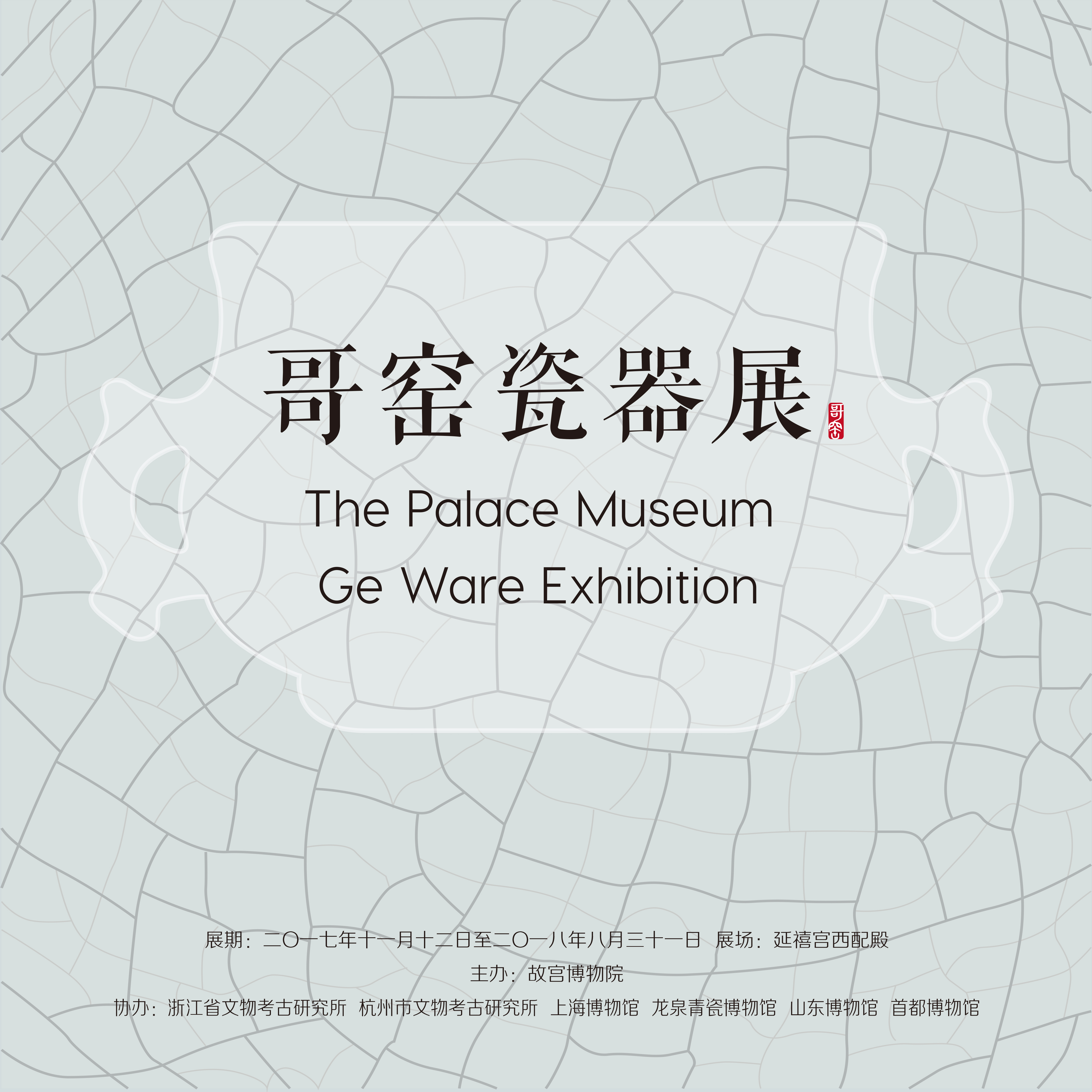
In the history of ceramics in China, the Ru Kiln, Guan Kiln, Ge Kiln, Ding Kiln, and Jun Kiln are collectively known as the \'Five Great Kilns\'. The Palace Museum, a national-level museum, houses one of the largest collections of the finest artifacts from these Five Great Kilns, most of which were part of the Qing dynasty court collection.

Since the site of the kiln that produced the existing Ge wares has as yet not been discovered, scholars hold varied theories about the Ge Kiln.Surviving Ge ware pieces generally have a body quite dark in color, with glazes varying in color from bluish gray to light greenish blue to cream. The glaze is thick and lustrous, and usually features surface cracks that vary in size and depth and have become known as \'gold thread and iron wire\'. Since 1950s, a number of bluish-gray-glazed items with cracks have been unearthed from ancient graves, hoards and kiln sites, and these are of great value to further research on Ge ware.
Apart from authentic and copied Ge ware items from the Palace Museum collection, which make up the majority of this exhibition, there are also ceramic fragments and restored items excavated from sites in Longquan and Hangzhou in Zhejiang, as well as relics and intact pieces lent by museums such as the Shanghai Museum, the Shandong Museum, and the Capital Museum.






